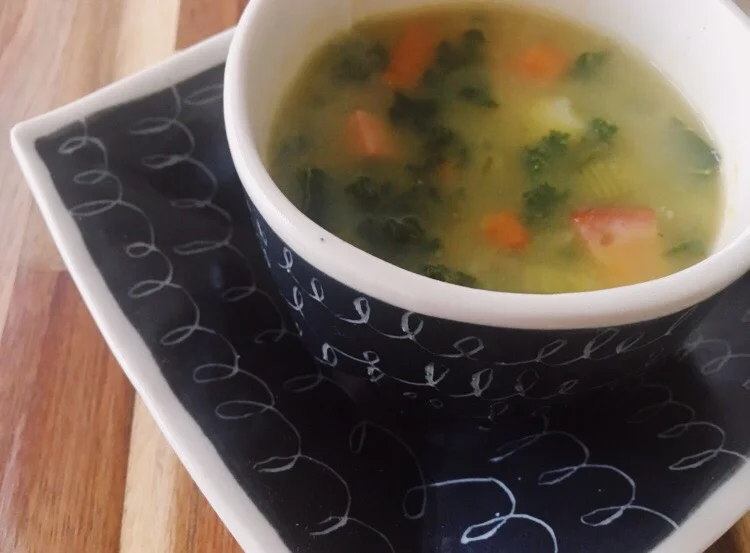Bolognese
If this is your first time visiting the blog, learn about the project here.
When we’re living in our first apartment together, my future husband and I go to an Italian restaurant in the neighborhood some nights. It’s an a-frame with a shingled roof that looks like it might’ve started as a diner, or a place you’d call a “joint”. The lights are low and several separate dining areas stretch out from the middle in secluded wings. It’s prime for quiet conversation; maybe not quite a mob hangout, but good for a date. The first time we go I get the bolognese.
This will come to be my “usual”. It’s a big plate of thick sauce over tagliatelle, and it piques my interest in Italian food. We have many dinners here over the three years we live in the neighborhood. Eventually the restaurant changes hands, and while it’s still good, it’s not our place anymore. As if on cue, we decide to move shortly after.
This year, we buy our first house and make the bolognese ourselves. To be fair, it’s my husband’s idea. While I cook for speed and efficiency (put simply: to keep us going), he cooks for the process. He christens our new kitchen with a beautiful bolognese that takes the length of a Sunday to cook. On Valentine’s Day, I repay him by doing the same. My bolognese is beautiful, too. Both are rich, creamy, and deep orange-brown, the kind that ruins a tupperware. Both are worth the wait, the fussing. Neither makes it past the next day.
It’s a dish that calls for quality time—bolognese can’t be cooked or enjoyed without it—and across the table from each other in our new place, we don’t miss the old restaurant so much.
The following is the recipe I used, as found here.
Ingredients
2 tablespoons vegetable oil
8 tablespoons unsalted butter, divided
1 cup chopped onion
1 1/3 cups chopped celery
1 1/3 cups chopped carrot
1 pound ground chuck (I used 1/2 pound chuck and 1/2 pound veal)
1/2 pound ground pork
Kosher salt and freshly ground black pepper
2 cups whole milk
1/8 teaspoon freshly grated nutmeg, or ground if you’re bereft of fresh
2 cups dry white wine
3 cups reduced homemade tomato purée or canned imported Italian San Marzano tomatoes, crushed by hand, with their juice
As much pasta as you wish (Marcella prefers tagliatelle, I used spaghetti, which she does say is verboten), cooked and drained
Freshly grated Parmigiano-Reggiano cheese, at the table
Directions
1. Heat the oil and 6 tablespoons butter in a heavy 5-quart Dutch oven over medium heat until the butter melts and stops foaming. Toss in the onion and cook, stirring frequently, until the onion is softened and translucent, about 5 minutes.
2. Dump in the celery and carrot and cook, stirring to coat them with the oil and butter, for 2 minutes.
3. Add the ground chuck (veal, if using) and pork, a very healthy pinch of salt, and a goodly amount of pepper. Crumble the meat with a wooden spoon and cook, stirring occasionally, until the meats have lost their raw red color.
4. Reduce the heat to low. Pour in the milk and simmer gently, stirring frequently, until the liquid has burbled away completely, about 1 hour. Stir in the nutmeg. Pour in the wine and gently simmer, stirring frequently, until it has evaporated, about 1 1/4 hours.
5. Add the tomato purée or crushed tomatoes and stir well. When the tomato puree begins to bubble, turn down the heat so that the sauce cooks at the laziest of simmers with just an intermittent bubble breaking through the surface.
6. Cook, uncovered, for 3 hours or more, stirring from time to time. While the sauce is burbling away, there’s a chance that it’ll start drying out somewhat. To keep the sauce from sticking to the bottom of the pot and scorching, add 1/2 cup water if necessary, just know that it’s crucial that by the time the sauce has finished simmering, the water should be completely evaporated, and the fat should separate from the sauce. Take a spoonful—or two. Season with salt and pepper to taste.
7. Add the remaining 2 tablespoons butter to the hot pasta and toss with the sauce. Serve with freshly grated Parmigiano-Reggiano on the side.



